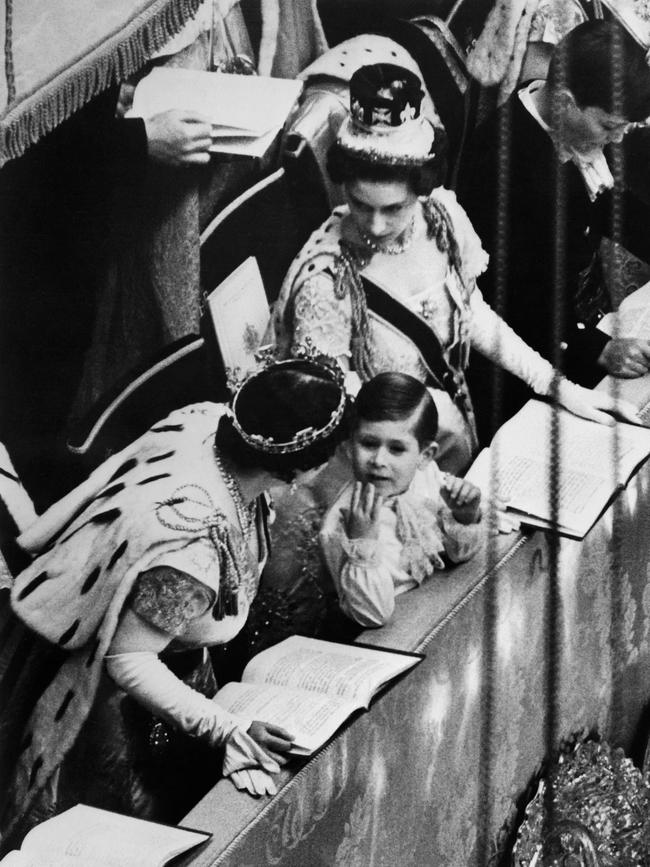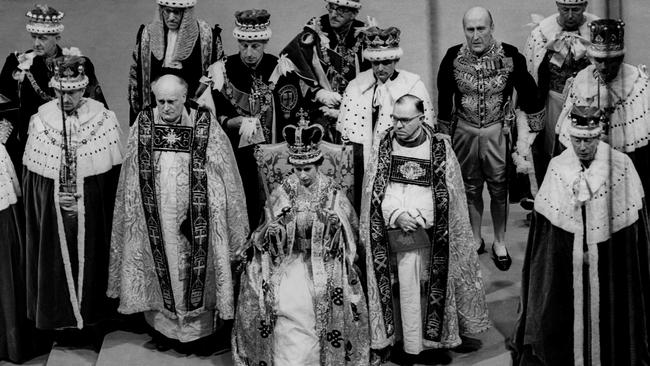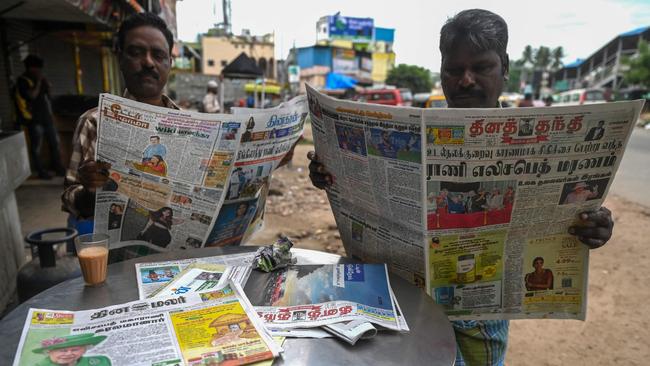Queen’s funeral service: family will walk behind coffin to Westminster Abbey service
The Queen will become the first British monarch to have a funeral at Westminster Abbey since 1760, with Prince Philip’s coffin to be moved to join her.
In ten days the Queen will become the first British monarch to have a funeral service held at Westminster Abbey since George II in 1760.
Since George III the funerals of British kings and queens have taken place at St George’s Chapel in Windsor.
In a break with tradition the Queen decided that hers should be held in the larger and more public surroundings of Westminster Abbey, where the coronation of every English monarch has been held since William I in 1066. After five days lying in state in Westminster Hall, and a brief period of lying in rest at St Giles’ Cathedral in Edinburgh, on Monday, September 19 the Queen’s coffin is expected to be moved to Westminster Abbey, although the date of the funeral has not been confirmed.

At about 10.30am - though the timings may change - a bearer party will move the coffin to the state gun carriage, which will be outside the north door of Westminster Hall.
Naval ratings using ropes instead of horses will pull the carriage from the Hall to Westminster Abbey. Members of the royal family will follow the coffin as they did at the funeral for Diana, Princess of Wales, and for Prince Philip. The military will also join the procession.
Like all her predecessors for the past 200 years, the Queen will be buried in Windsor. After the funeral service her coffin will be taken in procession to the castle, where a committal service will be held at St George’s Chapel.
That afternoon service will be the last part of her funeral arrangements to be televised; later in the evening there will be a private burial service, attended only by close members of her family.
George III was buried in 1820 at Windsor, which had enjoyed a revival under his reign. He was encouraged to live there by Queen Charlotte and was responsible for the royal vault where ten British sovereigns are buried.
The Queen’s final resting place will be the King George VI memorial chapel, an annexe to the main chapel, where her mother and father were buried, along with the ashes of her sister, Princess Margaret.
Prince Philip’s coffin will move from the royal vault to the memorial chapel to join the Queen.

The Queen’s decision to use both Westminster Abbey and St George’s Chapel for her final journey was influenced by the fact that the abbey is arguably more fitting as a public stage for Britain’s most significant funeral for more than a century.
It is larger - it has an official capacity of about 2,000, although has accommodated as many as 8,000, compared with 800 at St George’s - and is more accustomed to dealing with the demands of live television broadcasts. Its central London location could also be considered a better place for large crowds to gather.
Throughout her seven decades on the throne the Queen was used to the idea of the abbey as the setting for many of the most important events of her life. It was where she was crowned, where she married, and where two of her children - Princess Anne and Prince Andrew - and her sister were married.

In recent years it has also been the venue for several royal funerals. The Queen Mother’s funeral was held there in 2002, as was that of Diana, Princess of Wales, five years earlier. The funeral of Earl Mountbatten of Burma, who was Prince Philip’s uncle and a second cousin once removed to the Queen, was held there in 1979.
For the Queen’s funeral, with heads of state and other dignitaries arriving from all over the world, police are putting together the most significant protective security arrangement in history.
While dispensation can be given for protection officers from official foreign government agencies to carry weapons in specific circumstances, this is rare. Most of their security details will be prohibited from carrying firearms and other weapons such as CS spray. It means that the job will fall to officers in the Metropolitan police’s protection command and specialist officers from other forces around the country who will be called to London. Chief Superintendent Dai Evans, who has been planning the operation for several years at City of London police, said that there was a huge protective security operation. “Having so many foreign leaders and overseas heads of states, probably on a scale never seen before - there is a huge plan,” he said. “The numbers being offered protection concurrently will be a real challenge, but one that is tackled through all the national resources that we have.”
Installing road barriers will be one of the first tasks in anticipation of crowds lining the streets to see the funeral cortege pass by. There will be a “significant armed operation”, with officers on patrol and queues organised so that people are not crushed and lorries and cars cannot be driven into them.
Rooftop snipers will be in place while the cortege is moving; it will have a helicopter escort anywhere outside of London.
Security screening such as bag checks for knives and other weapons will be carried out in some areas and the preparations will also involve the British Transport Police, Royal Parks staff, Transport for London and Westminster council.



To join the conversation, please log in. Don't have an account? Register
Join the conversation, you are commenting as Logout